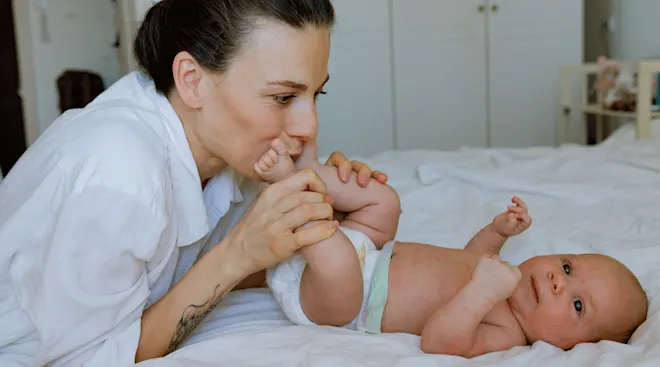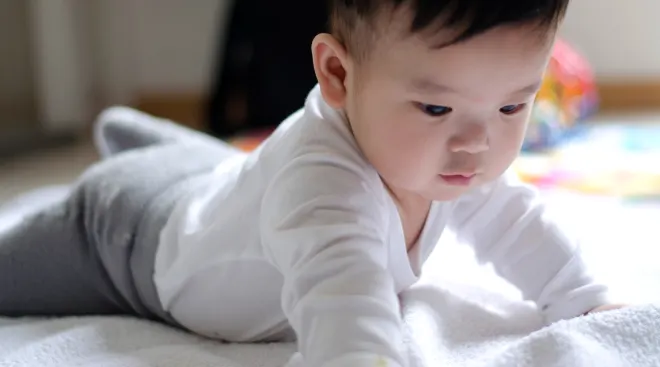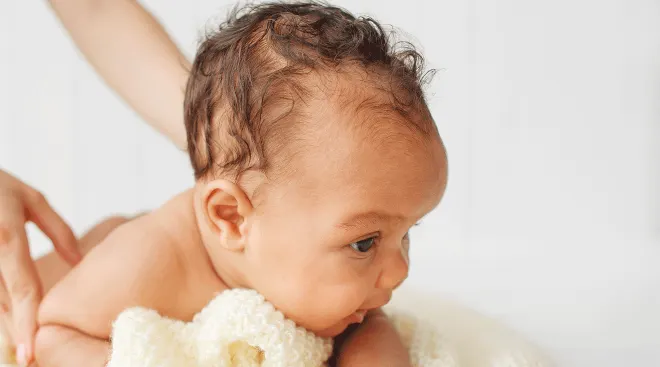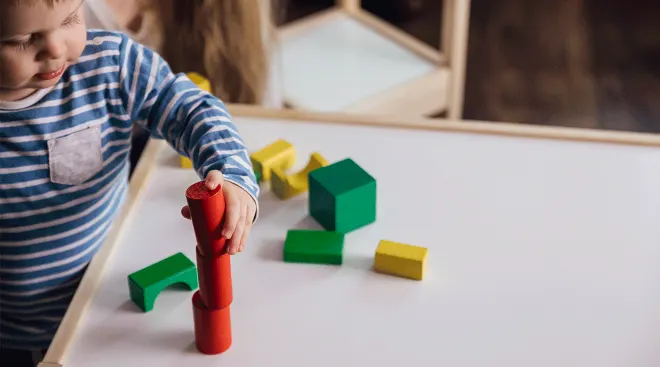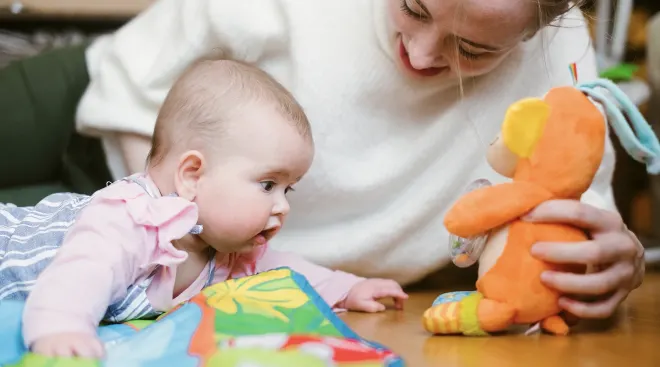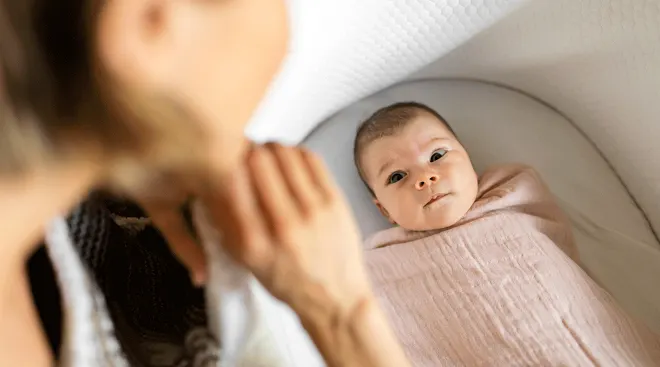1 in 3 Kids Worldwide Is Now Nearsighted, Study Shows
More kids are reaching for glasses in the morning than ever before.
A new study published in the British Journal of Ophthalmology looked at 276 studies involving more than 5.4 million children and teens in 50 countries across all six continents. Researchers from Sun Yat-sen University in Guangzhou, China, found a significant rise in the prevalence of myopia or nearsightedness among kids in teens in the past 30 years –from 24 percent in 1990 to almost 36 percent in 2023.
Nearsightedness refers to the condition when closer objects are clear but distant objects are blurry. While the increase in nearsightedness has been largely gradual, a noticeable spike was seen after the pandemic. What brought on the spike, the researchers are unsure of, but two theories posited center around increased screen time and delayed screenings during the pandemic.
Japan currently has the highest prevalence, with 86 percent of children experiencing nearsightedness, followed closely by South Korea at 74 percent. Researchers believe these elevated rates may be linked to East Asian children starting formal education as early as ages 2 or 3—earlier than their peers in other regions.
The study also found that kids living in cities were more likely to develop nearsightedness than those in rural areas, and girls are slightly more prone to the condition than boys. Looking to the future, researchers project that the prevalence of nearsightedness among children will continue to climb, reaching 36.6 percent by 2040 and nearly 40 percent by 2050.
While some aspects of nearsightedness are genetic or out of a parent’s control, experts stress that parents can take steps to safeguard their children’s vision and encourage better eye health. The American Academy of Ophthalmology (AAO) recommends parents:
- Get Timely Vision Screenings: Newborns should receive at least two eye screenings during their first year, with regular check-ups continuing through preschool and the school years.
- Limit Screen Time: While less screen time is ideal, the 20-20-20 rule can help reduce eye strain—every 20 minutes, children should take a 20-second break to focus on something 20 feet away.
- Encourage Outdoor Time and UV Protection: Encouraging outdoor play not only supports eye health but also reduces the risk of developing nearsightedness. Sunglasses or hats are recommended to protect children’s eyes from harmful UV rays.
- Watch for Signs of Vision Issues: Parents should be alert to symptoms like eye rubbing, squinting, or sitting too close to screens, as these can indicate underlying vision problems that may need attention from a specialist.
Please note: The Bump and the materials and information it contains are not intended to, and do not constitute, medical or other health advice or diagnosis and should not be used as such. You should always consult with a qualified physician or health professional about your specific circumstances.
Navigate forward to interact with the calendar and select a date. Press the question mark key to get the keyboard shortcuts for changing dates.


































